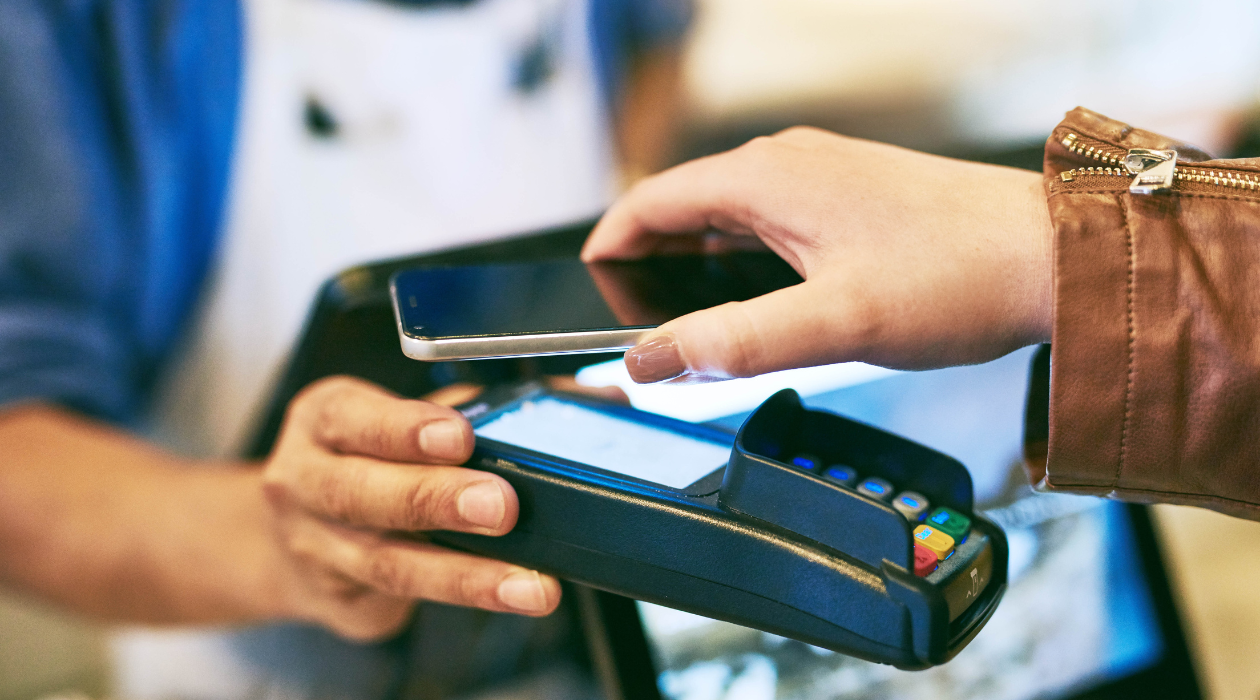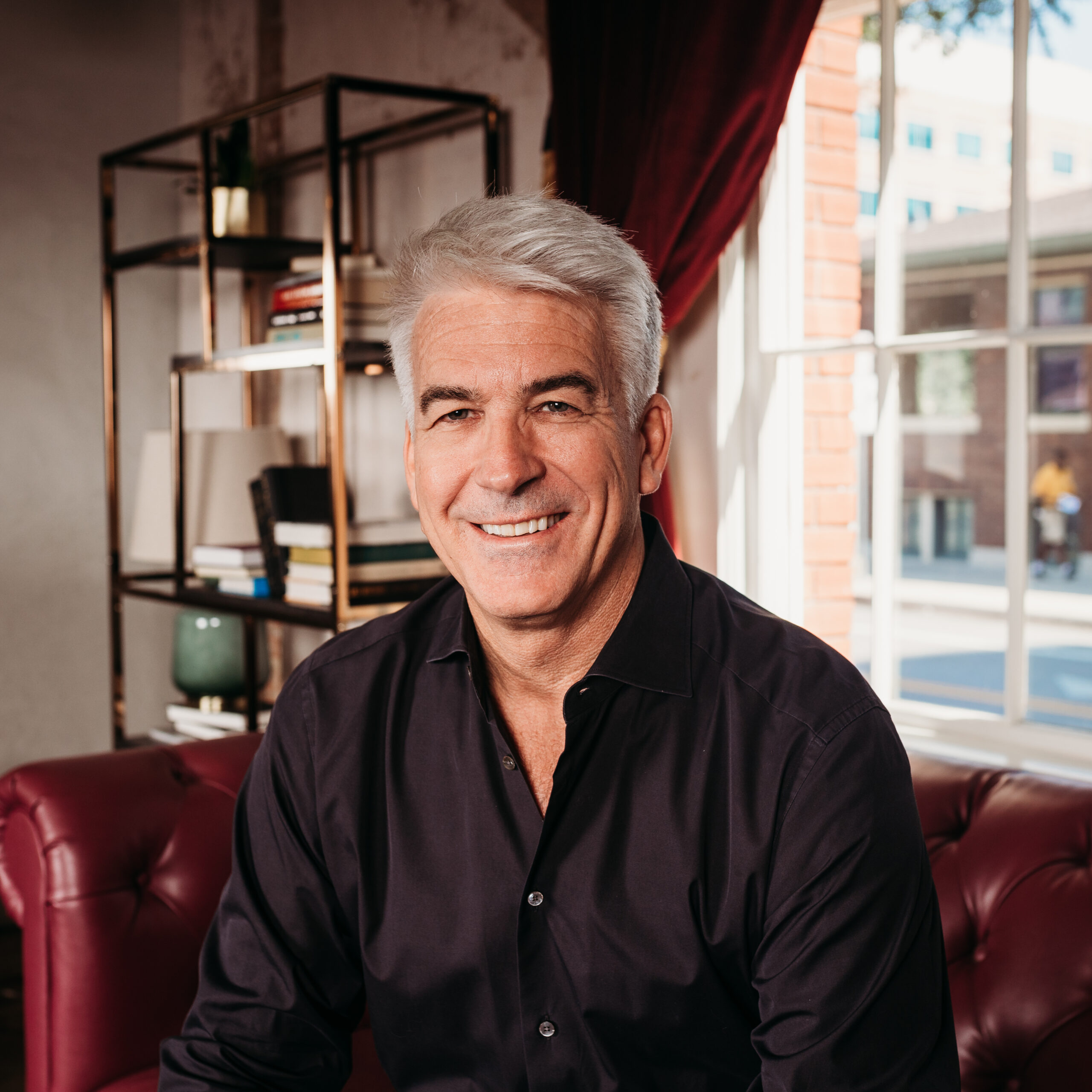What Will Shape Shopper Marketing & Retail in 2023?

[Header image credit: Canva]
New year, new shopper marketing outlook! We asked a panel of TMA pros to weigh in on the forces and trends that made the biggest impact on shopper and retail in 2022, and what they predict for 2023.

Carlie Schlittenhart, Director, Strategy
From the start of the year’s consumer spending and optimism around the economy, to decade-high interest rates and a shift to cost-saving strategies, shoppers and retailers experienced whiplash in 2022. Shoppers benefitted from increased choice, convenience, and personalization, despite inflation, disrupted supply chains, and rising cost of goods. As increased pressure has been placed on consumers’ wallets, retailers have been fighting to balance shoppers’ high expectations and the value equation.
The term “hybrid shopping experience” is on everyone’s lips as we look to create a more connected shopping experience across physical and digital spaces. I’m personally excited to see how physical spaces are adapted to meet the needs of customers in this increasingly digital world. Especially as needs for traditional offices and retail space have changed, there are new opportunities for brands and retailers to connect with shoppers. Co-retail spaces (e.g., Target x Ulta) and coworking spaces (e.g., Primary in NYC) have created partnerships to create interesting shopping experiences – and in 2023, we’ll be on the lookout for even more innovative and creative ways for brands/retailers to show up for their customers.

Kevin Kleber, SVP, Creative
“IRL” shoppers are living in two competing realities, and they couldn’t be more different. Half of them are in masks, trying to get in and out of the store as quickly as possible. The other half are going about the experience at a casual and leisurely pace. That’s the observation here in L.A. at least, and while the numbers no doubt skew regionally, the behavior is happening everywhere.
I suspect more of this type of dissonance, unfortunately, as outside forces continue to shape our shopping experiences in different ways for everyone. The economic, environmental, political, and literal health dynamics of the world will continue to impact the way we shop, where we shop, and what we shop for. Will our consumer personas deliver against all these fragmented need states and mindsets? Do our proposed creative solutions matter when cast against the reality or realities people are living in? These are the questions we all need to keep in mind for the shoppers we try to responsibly and compassionately shepherd.

Mike Lozito, SVP, Account Service
We saw unprecedented staffing shortages in the retail environment, with conventional thinking that it’s better to staff your business with somebody than nobody. But an honest assessment might suggest that the decision might not be as clear as it seems. In QSR, employees are turning over at rates that are averaging less than a month at some places. Are these employees really helping, or could they actually be hurting the customer experience? Sure it’s tough, if not impossible, to keep your store functioning if you don’t have the people to run the counter or prepare the food, etc. But if they are delivering poor service or service not aligned with consumer expectations and/or the values of the brand, then it could be costing more than just one missed opportunity for a sale. It could be costing lost sales opportunities for a lifetime. In the end, most consumers are less likely to fault you for being closed than they are to fault you for outright bad service. More and more retailers are assessing their staffing, and in my opinion, they should be making the tough calls on whether hiring just anybody is really worth it.
There’s inflation, of course. Consumers are feeling the impacts and will continue to trade down where they can. That will only accelerate if/when a recession truly sets in and employment cools off. It will be imperative to ensure that your brand and/or your shopping experience has value added, or brands and retailers may find themselves being traded out.

Ashleigh Adams, VP, Creative
The growth of livestream shopping, while not widely adopted by brands in the States just yet, it has been interesting to watch. For Gen Xers and Millennials, there’s a sense of QVC nostalgia in play but done in a way that feels fresh, modern, and personalized. With the success of platforms like Amazon Live, Instagram, and even Twitch, livestream shopping bridges the gap between e-comm and an in-store retail experience, fueled by your favorite influencers. When done correctly, it’s a no-brainer for brands with niche markets or strong influencer ties, and it will likely continue to gain popularity as a major dollar-driving, e-comm tool.
For brands that heavily activate at brick-and-mortar retailers, there will likely continue to be a shift toward sustainable point-of-sale structure. That may mean different things for different channels/categories, but could result in things like a greater focus on modular, permanent pieces, moving toward fully recyclable materials for seasonal or temporary in-store display, or increased adoption of digital-based experiences in the in-store arena, perhaps via AR functionality or other emerging tools. Paper and plastic certainly aren’t things of the past just yet, but given the ongoing fight for floor space, brands likely will – and should – continue to innovate on how to bring robust retail-tainment experiences in tech-forward ways.

Caroline Crews, Account Director
Consumers feel less restricted by the pandemic days but are not spending carelessly. Inflation and interest rates have led to more price-conscious decision-making. 2022 brought about more intentional, less frivolous spending.
Trust in brands is key. According to Nielsen Commspoint Journey data, people who are considering a new brand are 25% more likely than the average consumer to describe their ideal brand relationship as one that includes trust. Shoppers are naturally risk-averse; they find comfort staying with brands they know. In order for brands to drive trial with new shoppers, trust must be established.
And shoppers are growing more conscious of their purchase decisions. How does buying this item effect my community, the environment? Less impulsive, more impactful thinking. Do the brands I shop align to my values? Brands who are forthcoming, not burying the lead, have a greater chance of breaking the barrier to new shoppers. Gone are the days of sustainability as a trend, enter the year where conscious consumption becomes a subconscious behavior.

Monica Simoneaux, SVP, Client Engagement
Retail media networks continue to grow and are the fastest growing ad-supported digital media channel. Per Adweek, in 2022, 74% of brands reported having a separate retail media budget, and eMarketer predicts that retail media networks will be a strong third in digital advertising to search and social. With so many new retailers entering the space, including the recent launch of 7-Eleven’s Gulp Media Network, RMNs now exist across every major retailer category. By reaching consumers in shopping mode through personalized offers and messaging, RMNs offer brands a win, but it’s a lot for brands to evaluate and manage. While they are doing a better job of understanding brand needs, not all retail media networks are created equal. It’s important for brands to evaluate opportunities and spend carefully to make their investment a true collaboration.
As marketers search for ways to maximize their budgets in 2023, look for brands to engage in more co-marketing partnerships. These partnerships will allow brands to reach new audiences, gain cross-category display, and create customized shopper solutions in a cost-effective way. And when done well, truly strategic partnerships will cut through the noise, drive buzz for brands and excite existing customers through campaigns that would be too costly or even impossible to execute alone.
To re-read the panel’s predictions from years past, see here, here, and here.


